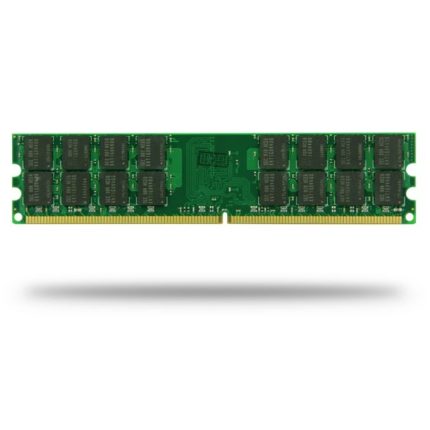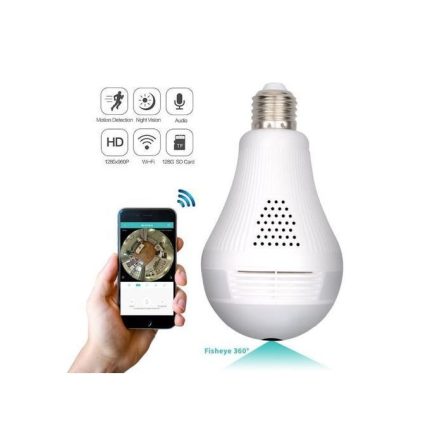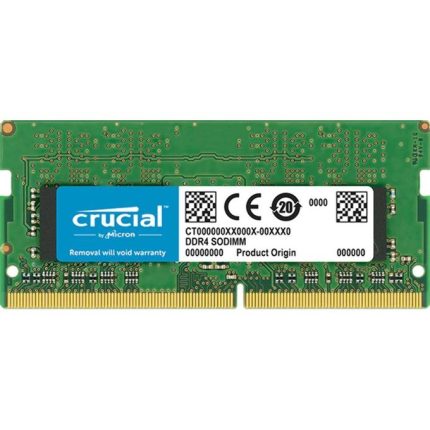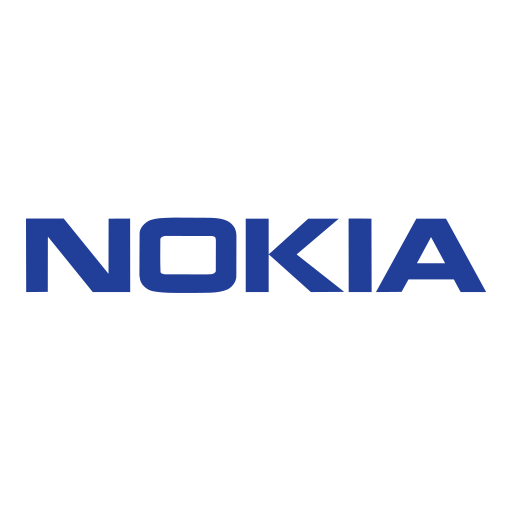In today’s digital age, businesses of all sizes are heavily reliant on information technology (IT) infrastructure. From data storage to communication networks, IT systems are the backbone of modern operations. Consequently, the potential impact of IT disruptions can be devastating, leading to significant financial losses, reputational damage, and operational paralysis. This underscores the importance of a robust IT disaster recovery (ITDR) plan.
Understanding IT Disaster Recovery
IT disaster recovery refers to a set of policies, tools, and procedures that enable the recovery or continuation of vital technology infrastructure and systems following a natural or human-induced disaster. The primary goal of an ITDR plan is to minimize downtime and data loss, ensuring that business operations can resume as swiftly and smoothly as possible.
Key Components of an IT Disaster Recovery Plan
An effective ITDR plan should encompass several critical components:
1. Risk Assessment and Business Impact Analysis
Before developing an ITDR plan, it is essential to conduct a comprehensive risk assessment and business impact analysis (BIA). This involves:
-
- Identifying potential threats: Natural disasters (e.g., earthquakes, floods), cyberattacks (e.g., ransomware, data breaches), and human errors.
- Assessing the likelihood and impact: Evaluating the probability of each threat and its potential impact on business operations.
- Prioritizing critical functions: Identifying which business functions and IT systems are most critical to operations and should be prioritized in the recovery process.
2. Recovery Objectives
Defining clear recovery objectives is crucial for an effective ITDR plan. These objectives include:
-
- Recovery Time Objective (RTO): The maximum acceptable amount of time that a system, application, or function can be down after a disaster occurs.
- Recovery Point Objective (RPO): The maximum acceptable amount of data loss measured in time. For example, an RPO of 4 hours means that data backups should occur at least every 4 hours.
3. Data Backup and Restoration
A robust data backup strategy is the cornerstone of any ITDR plan. Key considerations include:
-
- Regular backups: Implementing regular and automated backups of all critical data.
- Offsite storage: Storing backups in a secure, offsite location to protect against onsite disasters.
- Data restoration: Ensuring that data can be quickly and accurately restored from backups.
4. IT Infrastructure and Application Recovery
This component involves planning for the recovery of IT infrastructure and applications, including:
-
- Hardware and software inventory: Maintaining an up-to-date inventory of all hardware and software assets.
- Redundant systems: Implementing redundant systems and failover mechanisms to ensure continuity.
- Virtualization and cloud solutions: Leveraging virtualization and cloud technologies to facilitate rapid recovery and scalability.
5. Communication Plan
Effective communication is vital during a disaster. An ITDR plan should include:
-
- Emergency contacts: A list of internal and external contacts, including IT staff, vendors, and stakeholders.
- Communication channels: Predefined communication channels (e.g., email, phone, messaging apps) to keep all parties informed.
- Crisis communication strategy: Guidelines for communicating with employees, customers, and the media during and after a disaster.
6. Testing and Maintenance
An ITDR plan is only as good as its implementation. Regular testing and maintenance are essential to ensure the plan remains effective. This includes:
-
- Regular drills: Conducting periodic disaster recovery drills to test the plan’s effectiveness and identify areas for improvement.
- Plan updates: Continuously updating the plan to reflect changes in technology, business processes, and emerging threats.
- Review and audit: Regularly reviewing and auditing the plan to ensure compliance with industry standards and regulations.
Benefits of an IT Disaster Recovery Plan
Implementing a comprehensive ITDR plan offers several key benefits:
-
- Minimized downtime: Rapid recovery of IT systems reduces operational downtime, minimizing financial losses.
- Data protection: Ensuring that critical data is backed up and can be restored quickly prevents significant data loss.
- Enhanced reputation: Demonstrating a commitment to business continuity and disaster preparedness enhances trust among customers, partners, and stakeholders.
- Regulatory compliance: Adhering to industry regulations and standards related to data protection and business continuity.
Conclusion
In an era where IT disruptions can have far-reaching consequences, an effective IT disaster recovery plan is not just a best practice—it’s a business imperative. By meticulously planning for potential disasters, setting clear recovery objectives, and regularly testing and updating the plan, businesses can safeguard their operations, protect critical data, and ensure a swift return to normalcy when disaster strikes. Investing in IT disaster recovery today can mean the difference between business resilience and catastrophic failure tomorrow.
Lenovo ThinkPad X1 Yoga – Core i7 7th Gen, 16GB RAM, 512GB SSD, 14″ UHD Touchscreen, 2-in-1 Convertible, Grade A Ex-UK
-
✅ Intel Core i7 7th Gen + 16GB RAM + 512GB SSD – Reliable speed & storage
-
🔄 2-in-1 Convertible Design – Laptop, tablet, tent & stand modes
-
🖥️ 14″ UHD Touchscreen with Dolby Vision – Vivid and responsive display
-
🔊 Dolby Atmos Speakers + 360° Mics – Superior sound and collaboration
-
🛡️ ThinkShield Security + Fingerprint Reader – Business-grade protection
-
🌐 Wi-Fi 6 + Bluetooth 4.0 – Fast and seamless wireless connectivity
-
🧳 MIL-STD-810G Certified – Built tough for extreme conditions
-
♻️ Grade A Ex-UK Refurbished – Great value with 1-Year Warranty
-
🛒 Available at Techcircle Computers – Trusted tech partner in Kenya
-
🔌 Looking for powerful desktop solutions? Buy high-performance business and office desktop computers from Techcircle Computers — your trusted source for reliable computing solutions in Kenya.
-
💻 Shop laptops under 20K — ideal for students, casual users, and budget-conscious buyers.
-
🎮 Explore gaming laptops & accessories in Kenya — top-tier gaming gear and deals await.
-
📲 Stay updated on deals & arrivals! Follow us on Instagram — @techcircle_ke
-
👍 Join us on Facebook for tech tips, updates & offers
HP Pavilion Gaming Laptop 15-dk1045tg Intel Core i5-10300H up to 4.5GHz 15.6″ FHD IPS LED Display 8GB DDR4 RAM 256GB PCIe NVMe M.2 SSD 4GB GDDR6 Dedicated NVIDIA GeForce GTX 1650 GPU Audio by B&O East Africa Warranty
- Product Name- HP Pavilion Gaming Laptop 15-dk1045tg
- Microprocessor- Intel Core i5-10300H (2.5 GHz base frequency, up to 4.5 GHz with Intel Turbo Boost Technology, 8 MB L3 cache, 4 cores)
- Chipset- Intel HM470
- Memory, standard- 8 GB DDR4-2933 MHz RAM (1 x 8 GB)
- Video graphics- NVIDIA GeForce GTX 1650 Laptop GPU (4 GB GDDR6 dedicated)
- Hard drive- 256 GB PCIe NVMe M.2 SSD
- Optical drive- Optical drive not included
- Display- 15.6" diagonal, FHD (1920 x 1080), IPS, micro-edge, anti-glare, 250 nits, 45% NTSC
- Wireless connectivity- Realtek RTL8822CE 802.11a/b/g/n/ac (2x2) Wi-Fi and Bluetooth 5 combo
- Network interface- Integrated 10/100/1000 GbE LAN
- Expansion slots- 1 multi-format SD media card reader
- External ports- 1 SuperSpeed USB Type-C 10Gbps signaling rate (USB Power Delivery, DisplayPort 1.4, HP Sleep and Charge); 1 SuperSpeed USB Type-A 5Gbps signaling rate (HP Sleep and Charge); 2 SuperSpeed USB Type-A 5Gbps signaling rate; 1 HDMI 2.0; 1 RJ-45; 1 AC smart pin; 1 headphone/microphone combo
- Minimum dimensions (W x D x H)- 36 x 25.6 x 2.34 cm
- Weight- Starting at 2.23 kg
- Power supply type- 150 W Smart AC power adapter
- Battery type- 3-cell, 52.5 Wh Li-ion polymer
- Battery life mixed usage- Up to 6 hours
- Video Playback Battery life- Up to 9 hours
- Webcam- HP Wide Vision 720p HD camera with integrated dual array digital microphones
- Audio features- Audio by B&O; Dual speakers; HP Audio Boost 1.0
- Operating system- Windows 10 Home 64
1080P Panaroma Panaromic Wifi Camera Bulb Icsee
- Perfect for home, office, and entryway surveillance
- Captures faces clearly from across a room (1080p HD)
- Watch the video from your smartphone, tablet, or PC
- Get alerts when something happens
- Never miss anything important (360-degree fisheye lens)
- Captures clear video even in total darkness
- Stores up to 128GB of HD video (memory card not included)
- Up to 10 viewers can watch the video simultaneously
- Easy setup – plugs into any light socket
- No battery replacement hassle
Laptop RAM DDR4 16GB 2666
- Brand : Crucial
- Form Factor : Sodimm
- Hard Disk Size : 16 GB
- DDR4 SDRAM
- Speeds up to 2666 MT/s and faster data rates are expected to be available as DDR4 technology matures
- Increase bandwidth by up to 30%. PC speed - PC4-21300
- Reduce power consumption by up to 40% and extend battery life
- Faster burst access speeds for improved sequential data throughout
- Optimized for next generation processors and platforms
Dell inspiron 3583, Core i3, 8GB Ram, 500GB HDD
- Brand: Dell
- Ram: 8GB DDR4
- Storage: 500GB HDD
- Display-size and resolution: 15.6″ HD (1366 x 768) Touch display
- Laptop color: 15.6″ HD (1366 x 768)
- CPU: 10th Gen Core i3
- Graphics Card: Intel UHD 620
- OS: Windows 10 Pro






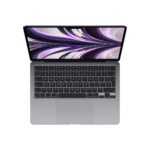 Macbook Air
Macbook Air  Macbook Pro
Macbook Pro 











